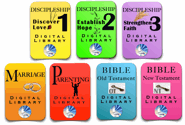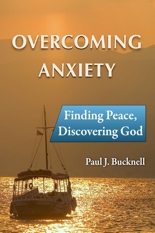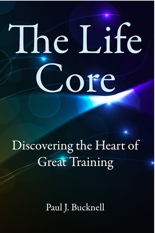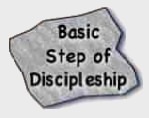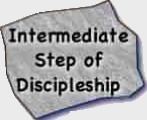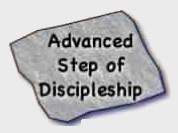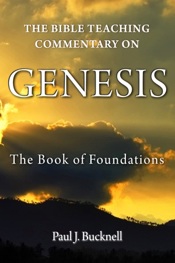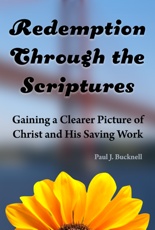
Redemption Through The Scriptures: The Purpose for Redemption
A Call to Belonging
Paul J. Bucknell
Purpose | Curtain | Closer | Two Covenants | Mosaic Covenant |
Belonging | Change of Covenants | New Covenant | Fellowship | Questions
God’s Purpose for His People
God has higher goals in sending Jesus to die for us than we normally think. This incomplete perspective greatly weakens our trust of His involvement in our lives. Learning these two major purposes, on the other hand, will certainly help you rethink your Christian lives!
A Call to Belonging
Before the covenant was made with the people of Israel, they had to get ready and purify themselves (Ex 19:10-11). “You shall be my own possession” (Exodus 19:4-6). But note the terms by which the Lord Yahweh calls them into this formal agreement.
“You yourselves have seen what I did to the Egyptians, and how I
bore you on eagles’ wings, and brought you to Myself. 5 ‘Now then, if you will
indeed obey My voice and keep My covenant, then you shall be My own possession
among all the peoples,
 for all the earth is Mine; 6 and
you shall be to Me a kingdom of priests and a holy nation.’ These are the words
that you shall speak to the sons of Israel” (Exodus 19:4-6).
for all the earth is Mine; 6 and
you shall be to Me a kingdom of priests and a holy nation.’ These are the words
that you shall speak to the sons of Israel” (Exodus 19:4-6).
The purpose of intimacy becomes more clear. “Brought you to Myself.” These people were to be brought close to God as in contrast to all the other people. This is where the word holy started having a great significance. “And you shall be holy men to Me” (Exodus 22:31). The word holy was first used in Exodus 3:5 when the Lord called Moses by the burning bush.
“Be my own possession” and “Be to Me a kingdom of priests and holy nation.” Both these phrases are used to describe God’s people in 1 Peter 2:9. They paint a wonderful picture for us of the glorious intimacy and interworking God desired to have with His people. As they faithfully observed the covenant, then God would mightily bless them.
Sometimes we think of God’s commandments as burdensome but they are not (1 John 5:3)! These commands to live a certain way enabled them to maintain that close and blessed relationship with God. This is the point of the Old Covenant–to create an access point by which mankind could commune and carry out God’s glorious purposes on earth.
Weaknesses of the Old Covenant
The Old Covenant was glorious not only because of the smoke, thunder and sounds brought when made (Heb 10;), but because of its ability to allow man to approach God with his prayers without the fear of death. The Old Covenant, however, had certain weaknesses. Paul amplifies those weaknesses in Galatians by comparing the two covenants in allegory.
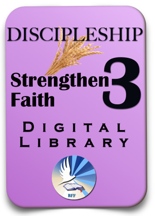 “Now this may be interpreted allegorically: these women are
two covenants. One is from Mount Sinai, bearing children for
slavery; she is Hagar. Now Hagar is Mount Sinai in Arabia; she
corresponds to the present Jerusalem, for she is in slavery with her children”
(Galatians 4:24, 25 ESV).
“Now this may be interpreted allegorically: these women are
two covenants. One is from Mount Sinai, bearing children for
slavery; she is Hagar. Now Hagar is Mount Sinai in Arabia; she
corresponds to the present Jerusalem, for she is in slavery with her children”
(Galatians 4:24, 25 ESV).
These will be become even more apparent when speaking of the New Covenant in the following section, but for now let us remember that most of the Old Testament records the unfaithfulness of God’s people to living under this covenant. They did not treasure God’s choice of them but instead went after other gods. Read through the historical books and they will outlay the path of their demise. The Book of Judges does this in one full swipe even right after being given the promised land of Israel.
Conclusion
God’s purposes were clear. He wanted to restore some resemblance of the Garden here on earth by the increased fellowship and co-working through this covenant. Though He was in authority, the covenant was meant to help the people rather than to hurt them. In order to maintain that relationship, though, they needed to obey, otherwise God’s anger would break out upon them. God’s patience with God’s people was only so great due to the Old Covenant with all its restrictions, including the sacrifices, blood and priests. None of this changes with the New Covenant, but a whole new arrangement (think covenant) would need to be implemented if circumstances would improve and God’s people be brought even closer to God.
Next ->The Change of Covenants
info@foundationsforfreedom.net
Scriptures typically quoted from the New American Standard Bible unless noted:
(C) Copyright The Lockman Foundation 1988
